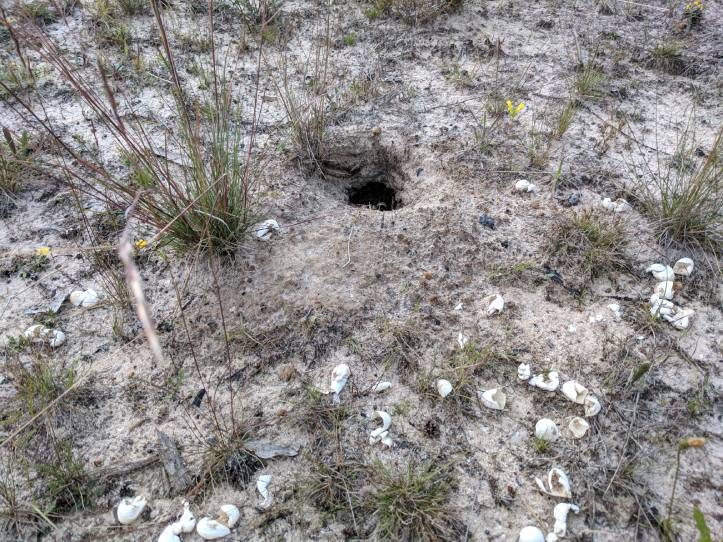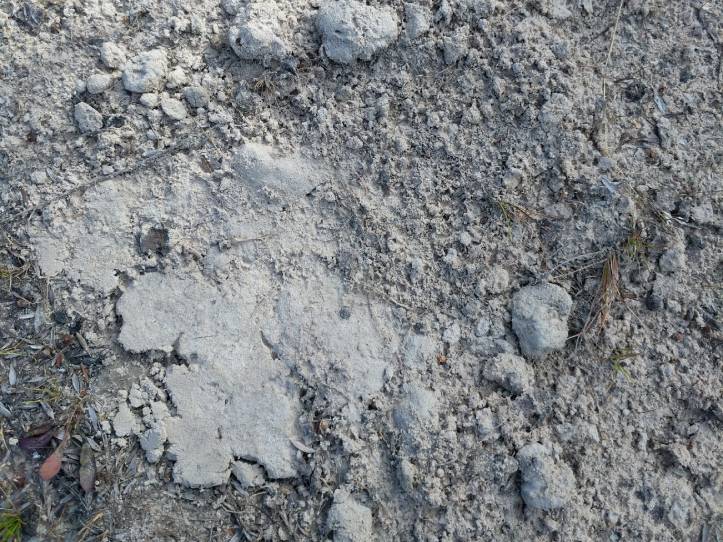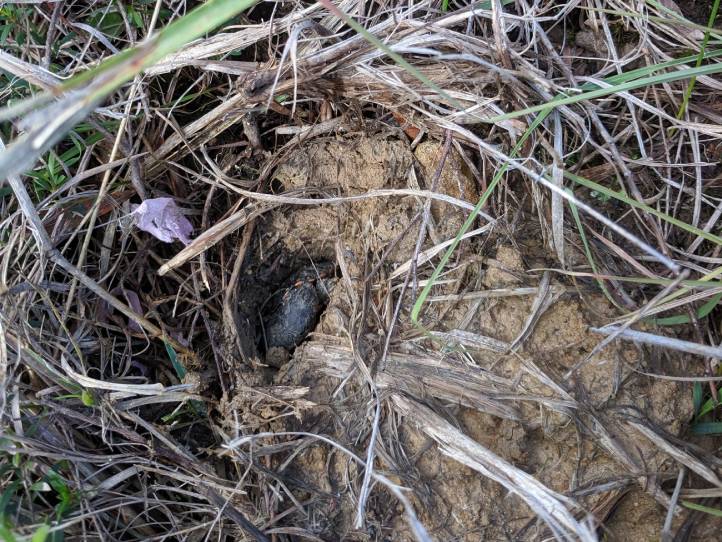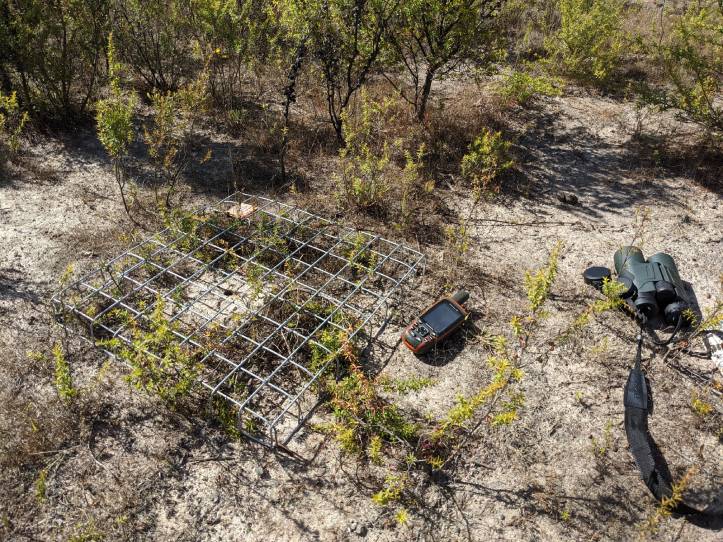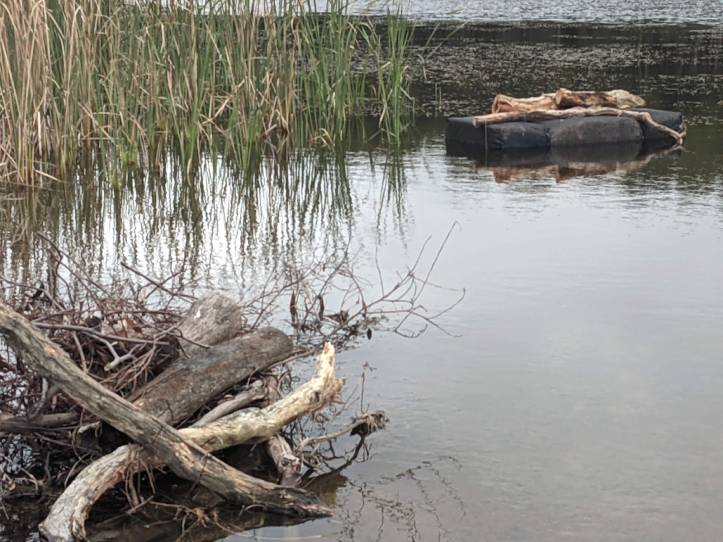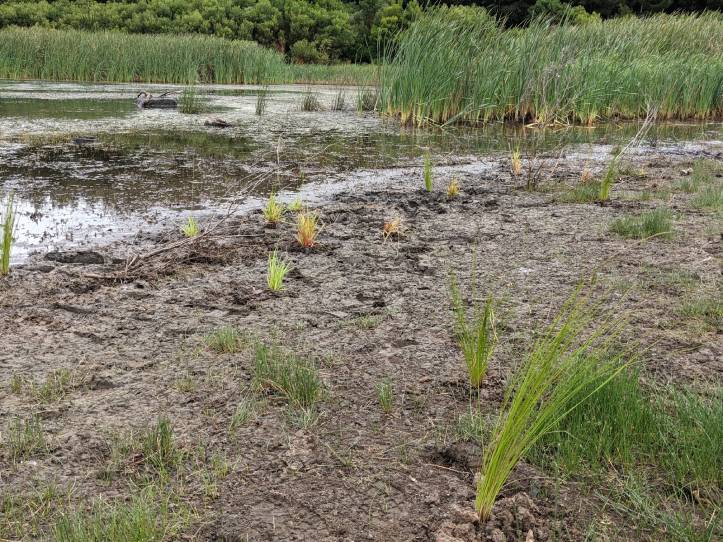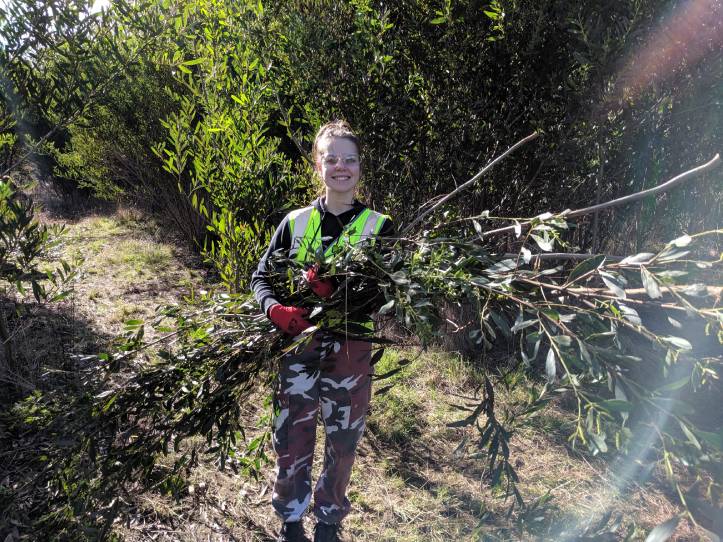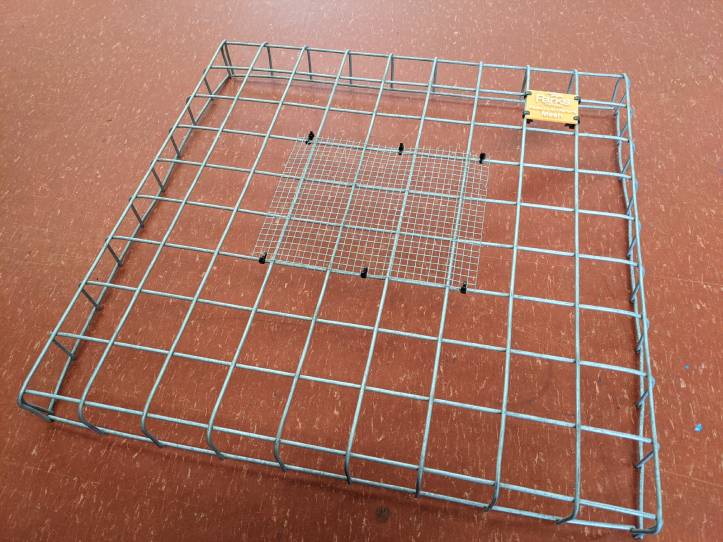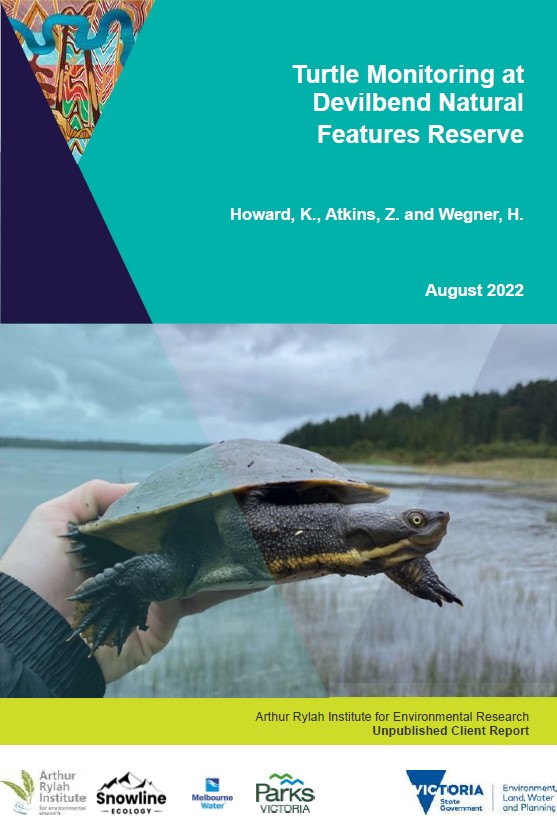habitat improvement goals for Nesting sites
- Remove invasive weeds from nesting sites that could limit the area of favourable nesting ground. Methods considered; hand weeding, cut and dab, burning.
- Plant appropriate plants to assist in weed suppression within the nest sites to encourage overall diversity, which should also assist frogs, lizards and birds.
- Improve and add to shoreline plant diversity and structure. This helps to assist with safe basking areas, provides opportunities for turtle stealth / ambush feeding, increases food sources for turtles, and increases opportunities for frogs, lizards and birds.
- Maintain the current macro-invertebrate health score, with the aim to increase macro-invertebrate numbers and diversity.
- Once established, the planting sites will then be used as a bush nursery for other areas within the Reserve to help improve their diversity.
- Observe and monitor outcomes over time.


